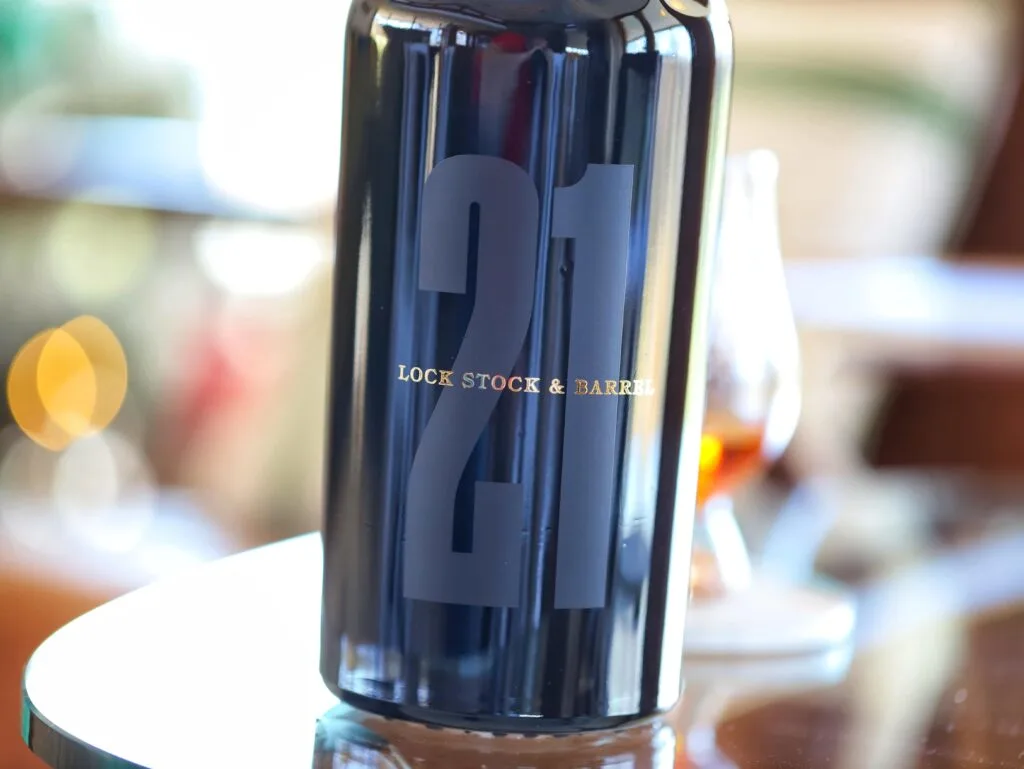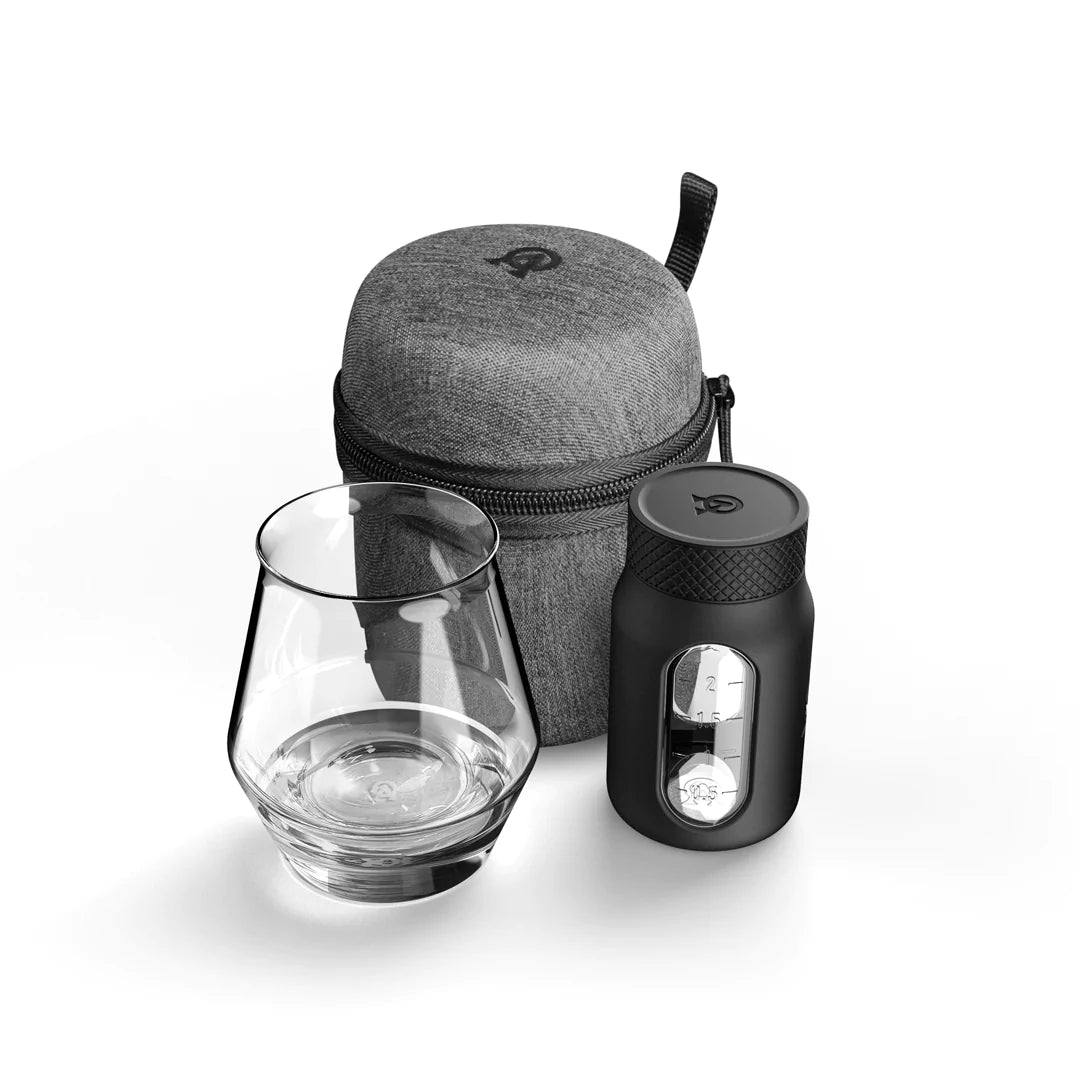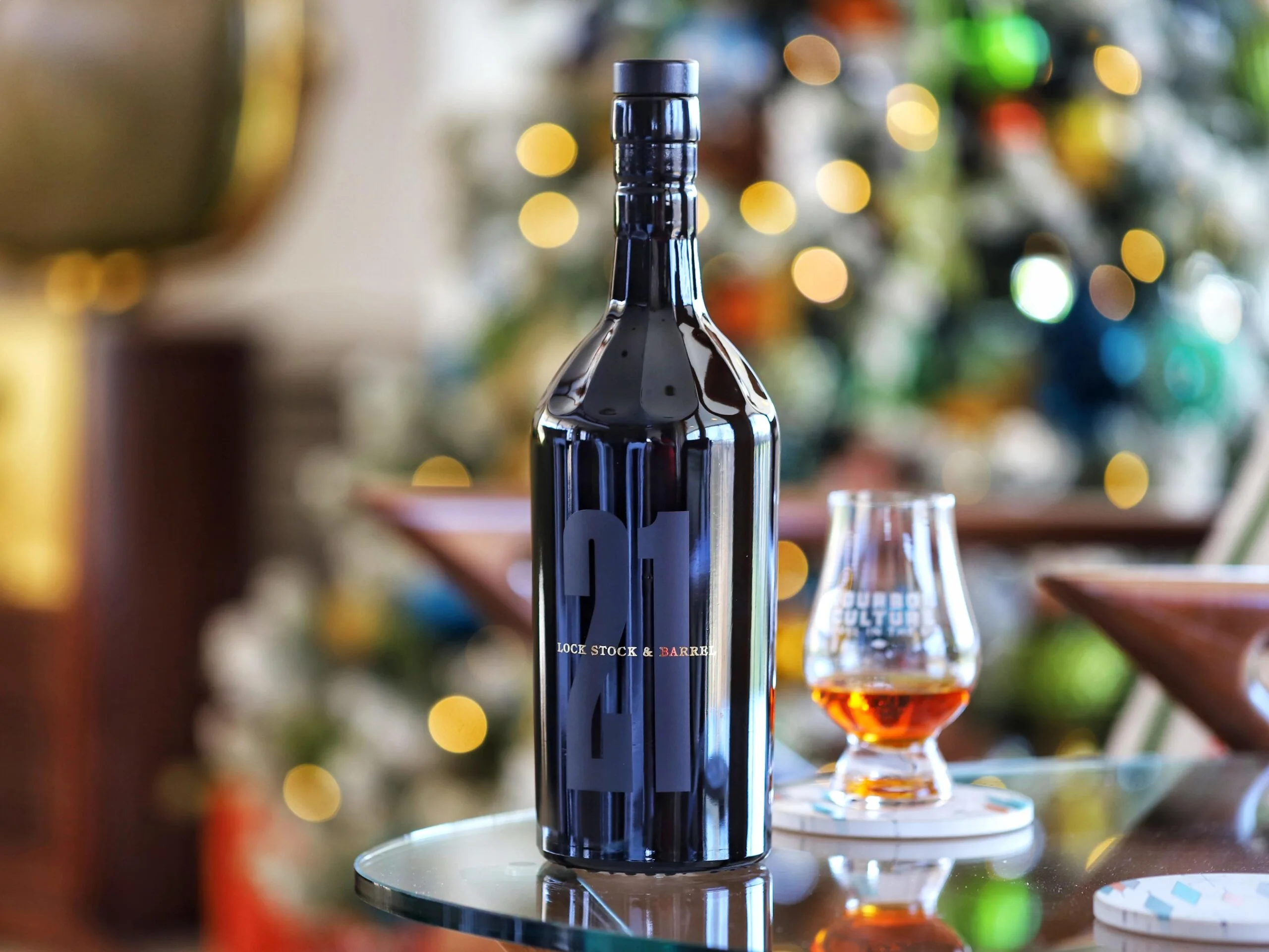| Don't like ads? | No ads |
In a recent review of Whistlepig 10 Year Old Rye Whiskey, I expanded on how Alberta Distillers (a Canadian Distillery owned by Beam-Suntory) makes their whiskey. I hope to have enlightened a few folks out there who thought that Canadian Whiskey was all one product that varied by distillery.
The truth is that most Canadian distilleries typically create multiple kinds of whiskies that are blended together to create specific products. Canadian whiskies are known for being lighter in body than a bourbon or rye whiskey (the kinds made in the US). To achieve that light body, Canadian Whisky typically contains a majority of Light Whiskey or Grain Neutral Spirits in the blend.
Unfamiliar with those terms? Both are distillates made from grain that are distilled to extremely high proofs. Light Whiskey is distilled between 161 and 189 proof, Grain Neutral Spirts are distilled above 190. Doing this strips away a lot of the heavy oils that give bourbon such a heavy mouthfeel and oily texture. To continue with the theme of making a whisky “light bodied,” the whisky is matured in used barrels to prevent a lot of oak influence.

Canadians do make a whisky in the style of our bourbon or rye whiskey, but it’s main use is to add real whiskey flavor (which is why they’re called “Flavoring Whisky”) to the lighter spirits. Sometimes even that’s not enough and producers will just use artificial flavors (which is legal under Canadian law) to create the taste they want to achieve. They’ll even add coloring to the liquid so it looks more appealing. This is why so many Canadian Whiskies are flavored (think: Crown Royal Peach, Crown Royal Blackberry, Crown Royal Apple).
Expanding on Flavoring Whisk(e)y
As I mentioned earlier, Canadian distilleries do produce whiskies that closely resemble American kinds. They mostly follow our regulations that state that a bourbon or rye whiskey must not be distilled above 160 proof and cannot enter the barrel for aging above 125 proof. It also must use new, charred oak containers. Alberta Distillers’ makes one of their flavoring whiskies with 100% rye grain mash bill with a still proof of 160 and a barrel entry proof between 126 and 128 proof (just shy of the 125 max allowed by US regulations). Then it is put into a new oak barrel. This makes an end product which comes very close to meeting all of our regulations in the US.

It is these barrels that The Cooper Spirits Company managed to procure from Alberta Distillers in the mid 2010’s. Robert Cooper, the grandson of the original founder of CSC, was always looking for new and upcoming trends to jump out in front of. He noticed that rye whiskey was a spirit that was enjoying a resurgence, so he wanted to focus his brand on obtaining a lot of it for multiple projects.
The barrels he picked shortly before his passing would go on to be bottled under two different brands: Hochstadter’s and Lock, Stock and Barrel. If you’re observant, you’ll notice that those two brands have typically mirrored each other since inception. Both brands share the same rye whiskey barrels to create products that are similar enough to each other. Hochstadter’s has focused more on the flavored rye whiskey category (with their Slow & Low rye) but still has put out a vatted rye and a 16 year old version. Lock Stock and Barrel seems to focus more on age-stated prestige releases that span 13, 16 18, 20 and now 21 year old releases. They also have a vatted product that recently came out.

The price has subsequently increased as the age has risen. And on a personal note, I think the packaging has become more attractive with each older release. The 21 year rye is perhaps the pinnacle of understated elegance and comes in an attractive wooden box. The dark black glass – which is not *entirely* opaque (but close enough) angers many enthusiasts who demand to see the color of their whiskey before they buy it. I’ll go to bat for this detail by pointing out that at least it’ll stop any sort of UV degradation if the whiskey is accidently exposed to sunlight.
Now that you know the most important information about this bottle, let’s find out how a 21-year-old, 111 proof 100% rye whiskey from Canada tastes like. As usual, I sampled this neat in a glencairn.
Tasting Notes
Nose: The nose smells like an extremely old rye whiskey. There’s no confusing this for a bourbon in my opinion. Sweetness is lacking, which unfortunately allows a fair bit of bitterness or astringency to shine through. But the oak is fully mature and is reminiscent of dusty rye whiskies from the glut era. Occasionally, I’ll detect a nutty scent while nosing the glass. But primarily, cinnamon, orange extract and a very bitter kind of chocolate smother most other scents. It’s not a bad nose, but nowhere near as complex or enticing as I was hoping for.
Palate: The one thing that’s immediately obvious to me is the lack of sweetness on the tongue. Don’t get me wrong, there is some caramel lurking about, but not enough to balance out the rest. Instead, my tongue gets blasted with loads of herbal notes and baking spices. You might say that’s to be expected for a rye whiskey that uses 100% rye, but MGP’s 95% rye tastes worlds apart. The oak is dusty tasting and very mature, but borders on being too bitter. One of the surprising flavors to me is how much orange I find throughout. It reminds me of Mop & Glo or orange extract. I like what I taste to a point, but for being this old and with this high of a price tag, it’s nowhere near what I expected it would be.
Finish: The finish is also lacking in sweetness – almost to the degree that it dries my tongue out. One of the strangest notes that is impossible not to find is one that I can only describe as “olive oil.” There is an incredibly strange oily, slightly herbal flavor where it’s the only thing I can think of comparing it to. Honestly, there might be other notes on the finish, but I’m so transfixed by “olive oil” that I can’t look past it.
Score: 6.9/10
Most people would read this review and immediately come to the conclusion that 21 years is too long for a whiskey to age in a barrel. That may be, but producers who are bottling whiskey at these ages tend to put it through a serious vetting process. The $500 pricetag on this bottle would indicate that the people behind its release were extremely confident about it as well. But I found that even with one taste, there seemed to be noticeable flaws within.

Other reviewers seem to have noticed this too. I purchased this bottle as my entry for the Neat Drinkers Association (NDA) annual Advent Calendar Blind Tasting event – and it placed dead last among 15 other bottles. The average score was 7.81/10, but that score has the fallacy behind it where most of the guys awarded a higher score than they probably would have because the minimum bottle price for the event was supposed to be $250. In turn, I think that led to a lot of artificially high scores for fear embarrassing the participant that supplied it. Otherwise, the comments that followed upon reveal showed that it was not widely liked.
Final Thoughts
I may be a glutton for punishment. After all, I wasn’t really a big fan of Hochstadter’s 16 Year Rye – which is basically what this bottle is only 5 years younger – so why did I think this would be any better? I honestly don’t know. I guess I was thinking that the tasters behind LSB21 were saving their best for last (at least I assume that this 21 year bottle is going to be their last). One taste showed me that I was wrong. Remember that Advent Calendar I was talking about? A 2014 Thomas H Handy – a bottle that is 1/3 the age of this bottle – placed 3rd overall in the Advent with an average score of 8.84/10.
I like to think that I am a fan of Canadian rye whiskies after my encounters with some of Barrell Craft Spirits releases and most Lot No. 40 releases, but I cannot seem to find my groove for liking the rye whiskey that the Cooper Spirits Company puts out. While I was foolish enough to give them one last chance on their most expensive bottle, I hope this review can serve as a warning for potential buyers. Unless you’re very familiar with Lock Stock and Barrel products and have liked them so far, this is a bottle to skip. Instead, take the money you saved and go buy a couple bottles of Michter’s Barrel Strength Rye instead. You’ll thank me later.
Featured Products
- Neat Traveler

- View Larger
- Description:The Aged & Ore Neat Traveler is a complete travel kit for spirits. We combined our widely praised Neat Glass with one of our 3oz Flight Bottles and housed them together in a custom EVA travel case. Perfect for a night away with your favorite pour. The tie
- Bottle Flight

- View Larger
- Description:The Aged & Ore Bottle Flight is a premium set of 4 custom silicone wrapped glass bottles designed to transport and share samples of your favorite spirits. The flight bottles come in a custom EVA travel case that fits perfectly in any small bag. An Aged &
- Travel Bundle

- View Larger
- Description:This Bundle combines two of our crowd favorite products, creating the ultimate travel bundle to bring along your favorite spirits and glassware. Bundle Includes: Neat Traveler (Gray) Bottle Flight (Gray) Note: This bundle is only available in gray and col
*Bourbon Culture is reader-supported. When you buy through links on our site, we may earn an affiliate commission.

